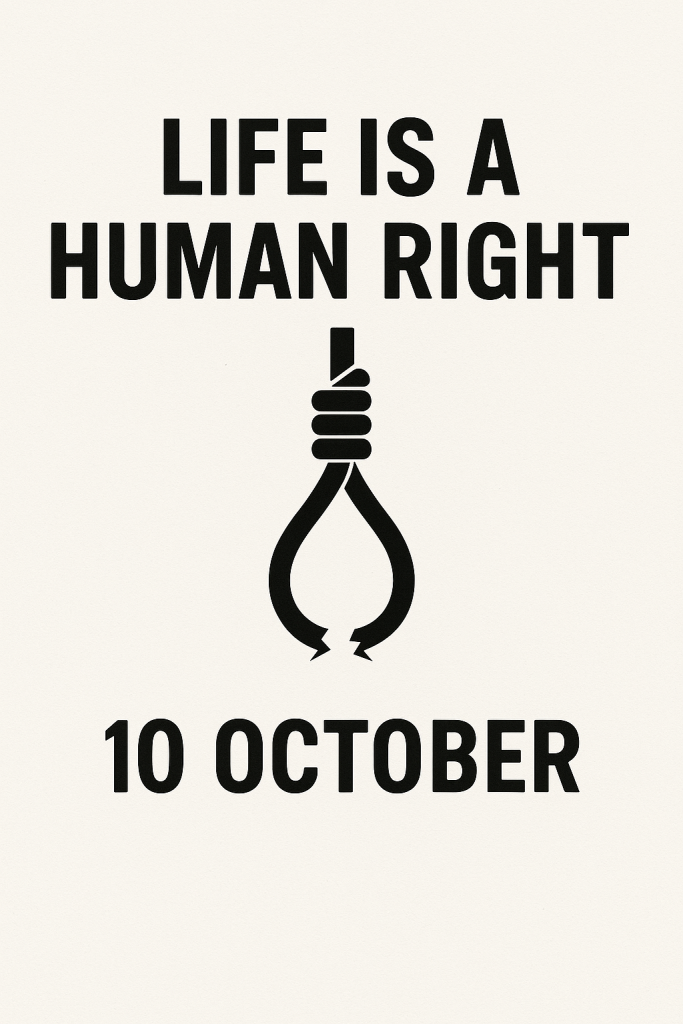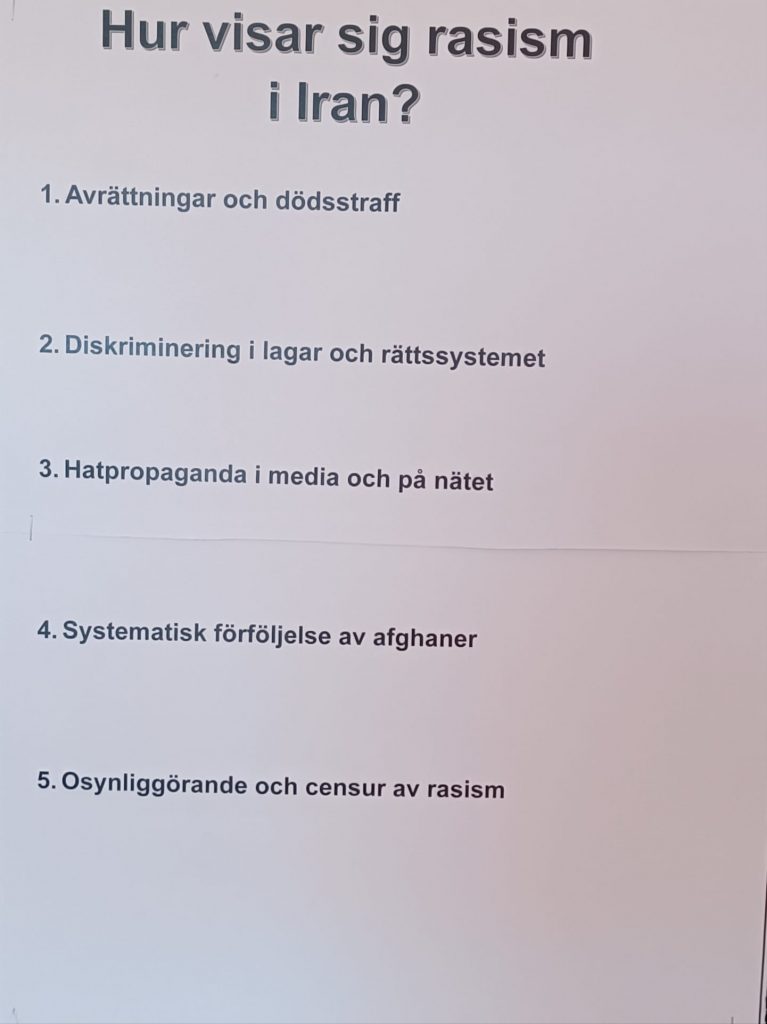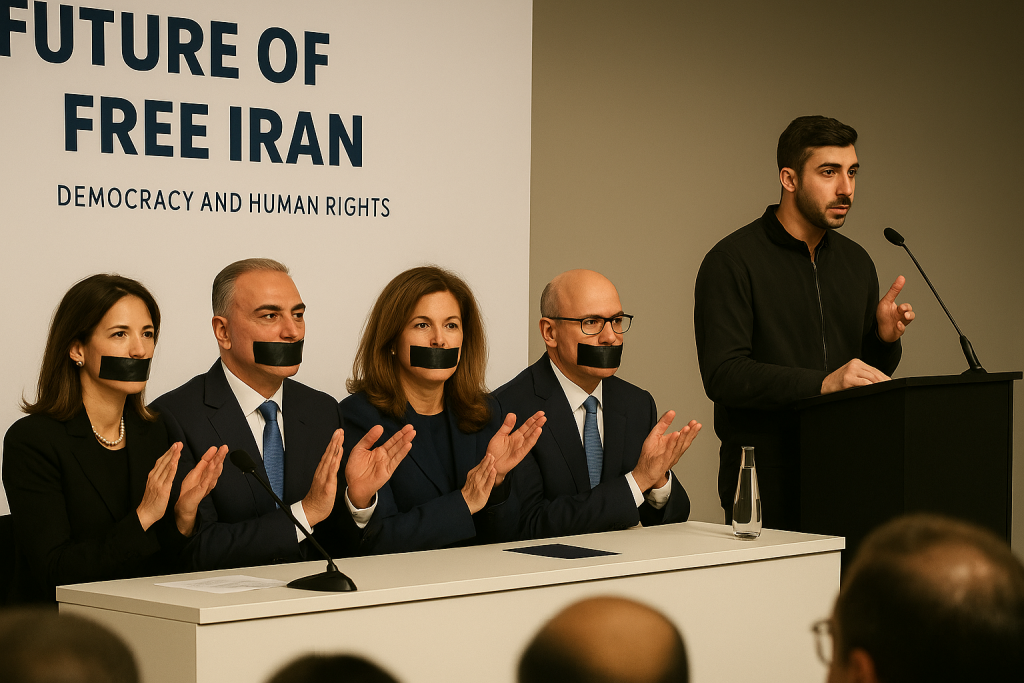On October 11, as part of the International Day Against the Death Penalty, Iranska Föreningen Mot Avrättningar (IFMA) screened the film There is No Evil, a powerful and thought-provoking work by Iranian director Mohammad Rasoulof. The film is unique in how it approaches the topic of the death penalty, focusing not on the victims but on those who are tasked with carrying out the executions. It offers an emotional, often hidden perspective, delving into the moral and psychological dilemmas faced by individuals who become unwilling participants in the execution machinery.
What makes There is No Evil especially striking is its focus on ordinary people—individuals who never expected to become a part of the execution process. For example, one storyline follows a young boy, forced to join the military, who finds himself placed in the law enforcement department. He is suddenly confronted with the unimaginable reality of having to execute another human being. The film vividly portrays his internal conflict, showing how someone who never imagined themselves as part of such brutality is drawn into the system. This hidden angle, examining the lives of those behind the executions, opens a rare dialogue on the ripple effects of state-sanctioned killings.
The film is structured as four stories, each touching on the different faces of the execution process. In one story, a middle-aged man follows a daily routine, only for viewers to slowly realize the true nature of his “job.” Another narrative explores the struggle of a young couple, grappling with the consequences of a moral decision about participating in the death penalty. Rasoulof masterfully uses each vignette to examine the complexity of choice, duty, and conscience in a regime where the death penalty is not just a legal sentence but an embedded aspect of society’s fabric.
Beyond the personal trauma faced by the characters, There is No Evil sheds light on the societal and familial consequences of execution. The film raises critical questions about how a state can place the burden of killing on individuals, often turning them into tools of oppression without considering the profound impact this has on their mental health and their relationships with their families. In this sense, it’s not only a film about the condemned but also about the executioners, many of whom are ordinary people caught in extraordinary circumstances.
Another powerful theme in the film is the idea of choice—or rather, the illusion of it. The film explores how people trapped in oppressive systems are often left without real options. While some may feel compelled by fear or duty, others rebel in small, quiet ways, making decisions that carry enormous personal costs. The tension between moral choice and state coercion is palpable throughout the film.
There is No Evil resonates deeply with audiences because it strips away the facelessness of the death penalty, offering an intimate look at how it affects everyone involved—from the prisoners to the soldiers forced to pull the lever. The film challenges us to confront our views on justice, humanity, and the cost of obedience.
Conclusion
There is No Evil is a powerful, humanistic film that confronts the moral, emotional, and psychological dilemmas inherent in the death penalty system. By focusing on the hidden side of execution—the individuals who, knowingly or not, become part of the process—it forces the audience to question the broader implications of state violence. It is a must-watch for anyone who seeks a deeper understanding of the human toll of capital punishment and the unspoken suffering it causes, not just to those sentenced to die, but to those tasked with carrying out their executions.


